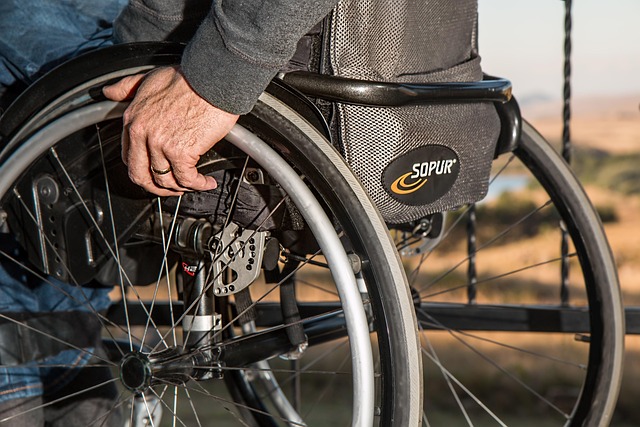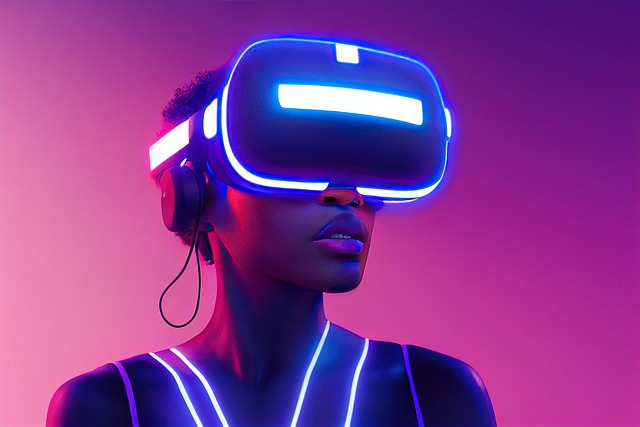Transformative Immersion: Exploring Virtual Reality, Augmented Reality, and the Metaverse in Rehabilitation
Imagine a world where healing goes beyond the physical realm, where technology intertwines with the human spirit to foster recovery like never before. Welcome to the captivating landscape of immersive rehabilitation, a groundbreaking approach that harnesses the power of Virtual Reality (VR), Augmented Reality (AR), and the ever-expanding Metaverse to transform how individuals regain their strength and confidence.
The Power of Virtual Reality in Rehabilitation
Virtual Reality offers a mesmerizing escape from the confines of a hospital room or therapy space. Patients can immerse themselves in carefully crafted environments that promote relaxation and motivation. Picture a stroke survivor, donning a VR headset, finding themselves on a serene beach where they can practice movement without the anxiety of daily life. In this digital oasis, each wave lapping at the shore mirrors the rhythm of their movements, encouraging repetition in a stress-free setting.
Research has shown that VR can significantly enhance physical therapy outcomes. By engaging patients in gamified experiences, practitioners can tap into the brain’s reward system, making rehabilitation not just beneficial but enjoyable. This sense of achievement can be a powerful motivator, helping patients push through barriers that once seemed insurmountable.
Augmented Reality: Bridging the Gap Between Real and Virtual
As we step into the realm of Augmented Reality, the experience shifts from complete immersion to a delicate blend of the real and the virtual. Wearable devices can overlay helpful information onto the physical world, guiding patients through exercises while providing instant feedback. Imagine a physiotherapist sending a patient home with AR instructions displayed on their environment, showing them how to perform each movement correctly.
This interactive and real-time feedback can profoundly impact recovery processes. The ability to visualize muscles in motion in real-time allows patients to better understand their bodies, promoting awareness and encouraging them to engage with exercises they might otherwise avoid. With AR, rehabilitation becomes more accessible, as it brings the clinician directly to the patient’s living room.
Envisioning the Future: The Metaverse and Rehabilitation
The Metaverse, a vast and interconnected digital universe, is poised to revolutionize immersive rehabilitation. Think beyond traditional therapy models; the Metaverse allows patients to engage in group therapy sessions with individuals from around the globe, sharing experiences in real-time avatars. This sense of community can alleviate feelings of isolation, fostering an environment where healing is not just a solitary journey but a shared adventure.
In the Metaverse, rehabilitation can be conducted in customizable spaces suited to each patient’s preferences and needs. Users can switch between calming landscapes, bustling cities, or serene forests—a dynamic approach to healing that can be tailored for each individual. This adaptability can be essential for maintaining motivation and commitment, as patients can curate their rehabilitation experience to align with their personal goals and comfort levels.
As we explore these innovative avenues, it becomes clear that immersive rehabilitation is more than just a trend; it’s a lifeline for those who dare to dream of regaining their physical abilities. Virtual Reality, Augmented Reality, and the Metaverse converge to create a transformative experience that redefines recovery and healing. The journey towards wellness is evolving, and the future is bright with possibilities!



